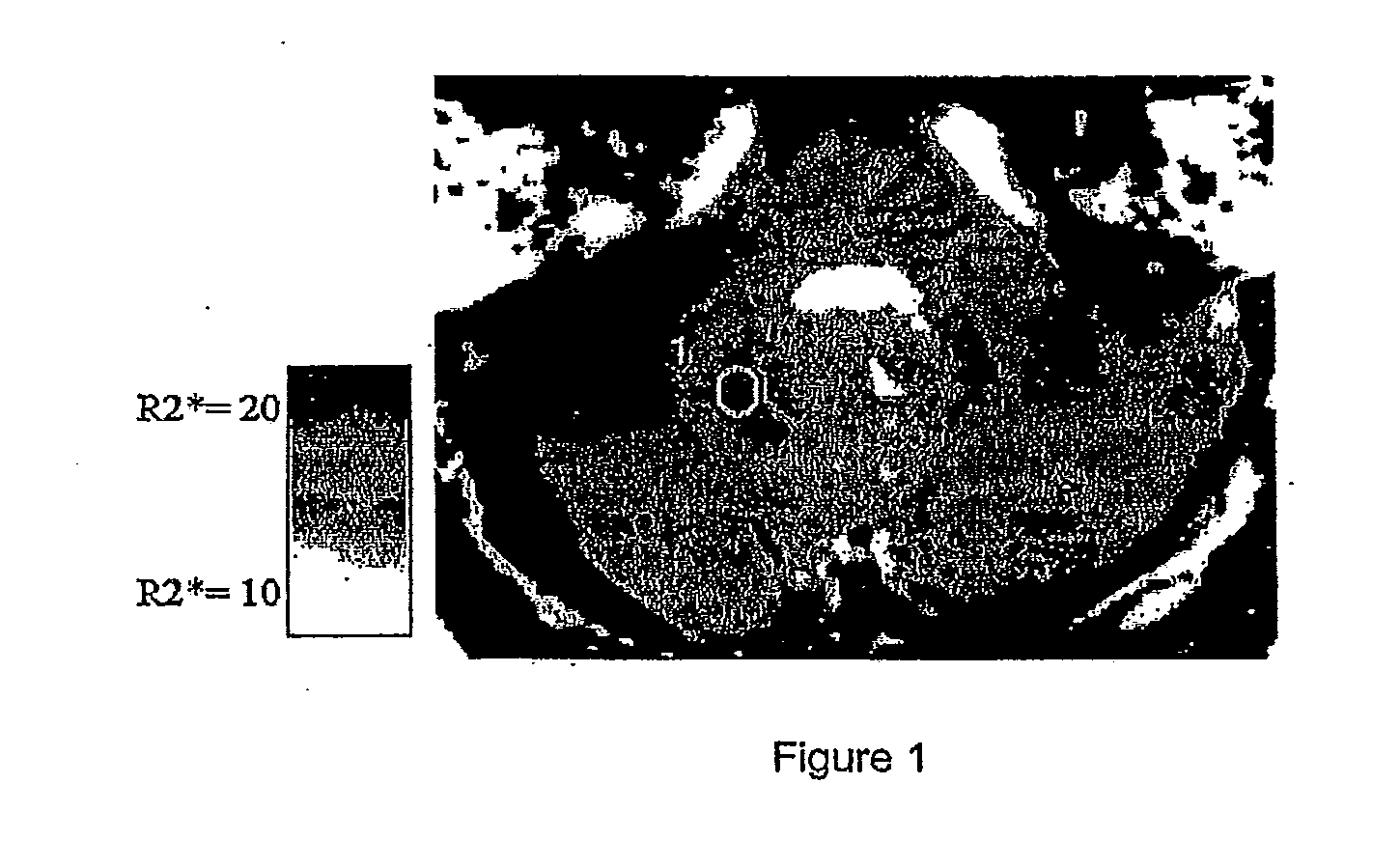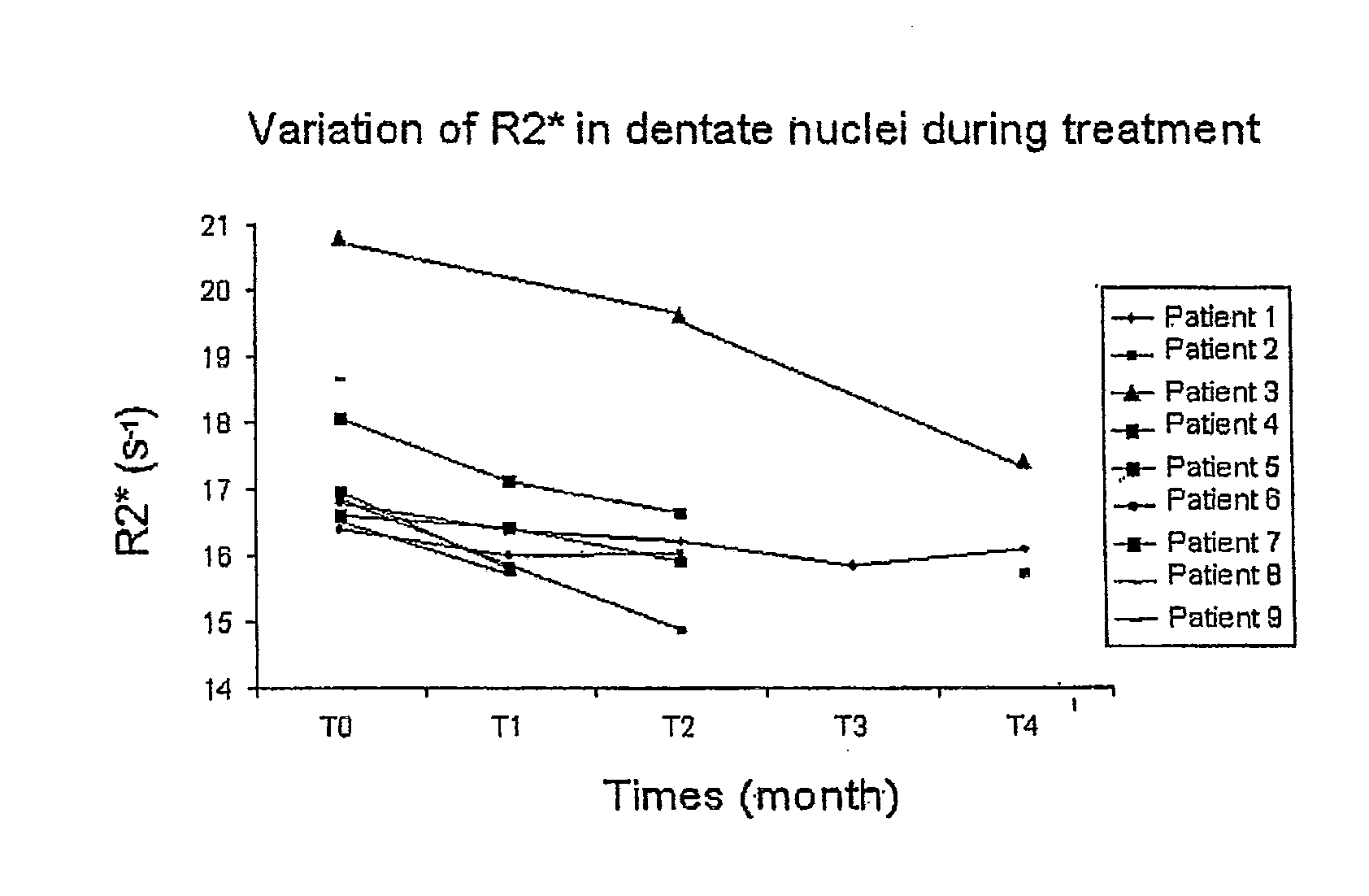Use of Deferiprone and Methods to Treat and/or Prevent Friedreich Ataxia Resulting from Intracellular Mishandling of Iron
a technology of iron mishandling and deferiprone, which is applied in the field of neurodegenerative diseases, can solve the problems of oxidative damage in spinocerebellar tracts, spinal cord and heart muscle, failed to improve or even stabilize ataxia and other neurological symptoms, and serious toxicity, so as to reduce mitochondrial iron-induced intracellular damage, and reduce mitochondrial iron-induced cellular damage
- Summary
- Abstract
- Description
- Claims
- Application Information
AI Technical Summary
Benefits of technology
Problems solved by technology
Method used
Image
Examples
Embodiment Construction
[0063]Referring now to U.S. Pat. No. 6,989,397 granted Jan. 24, 2006 to University of Queensland, invented by Des Richardson et al., there is taught 2-pyridylcarboxaldehyde isonicotinoyl hydrazone (PCIH) analogues which may be suitable if safe for use in vivo as iron chelators, for the treatment of iron overload diseases. Both thalassemia and Friedreich Ataxia are identified as diseases for which these iron chelators may be used, although no such compounds are yet available for clinical use in these conditions. Specifically the alleged advantages of the PCIH analogues are discussed in comparison to currently available iron chelators, desferrioxamine and deferiprone.
[0064]The patent describes the deficiencies in desferrioxamine at column 2 line 38 onward. Further the patent describes the deficiencies with deferiprone at the same location as follows:
[0065]“The need for an orally effective and economical Fe chelator has recently been emphasized by the failure of deferiprone (also known...
PUM
 Login to View More
Login to View More Abstract
Description
Claims
Application Information
 Login to View More
Login to View More - R&D
- Intellectual Property
- Life Sciences
- Materials
- Tech Scout
- Unparalleled Data Quality
- Higher Quality Content
- 60% Fewer Hallucinations
Browse by: Latest US Patents, China's latest patents, Technical Efficacy Thesaurus, Application Domain, Technology Topic, Popular Technical Reports.
© 2025 PatSnap. All rights reserved.Legal|Privacy policy|Modern Slavery Act Transparency Statement|Sitemap|About US| Contact US: help@patsnap.com


